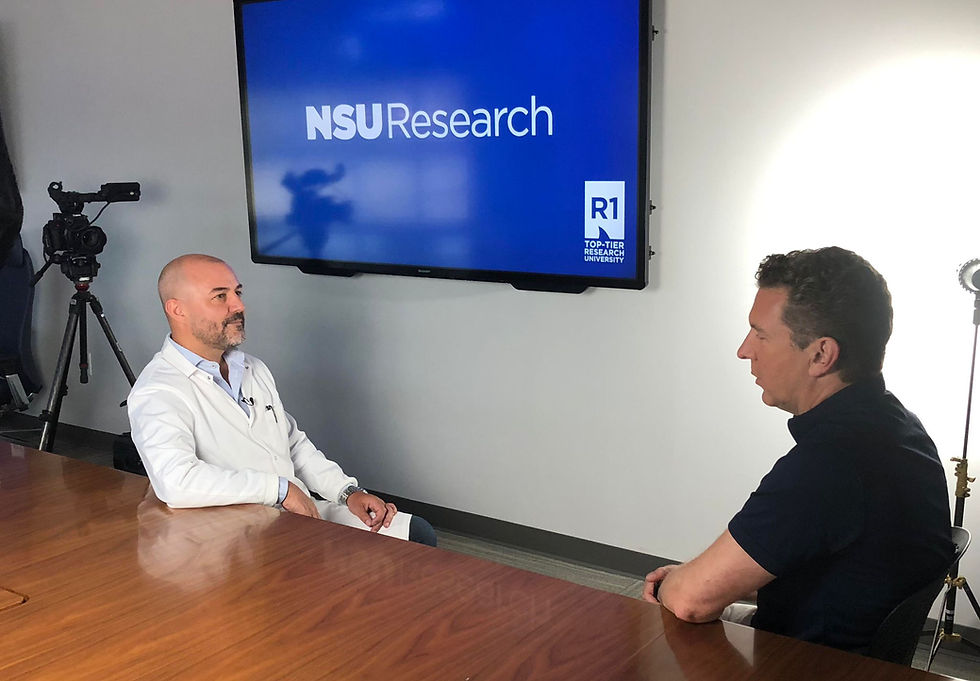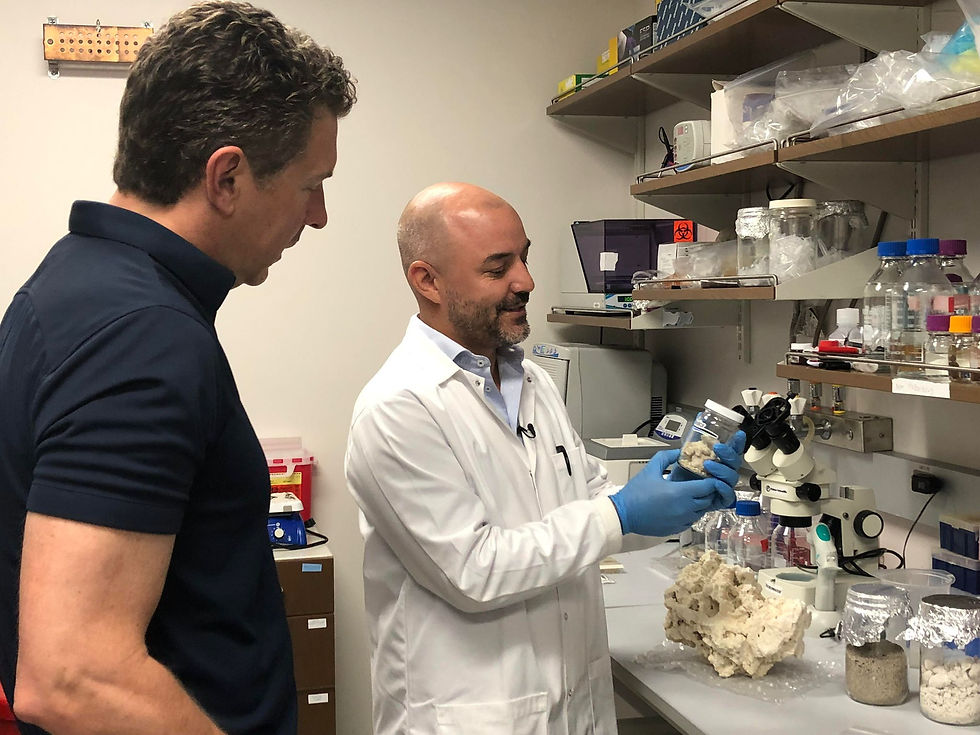Sealor Featured in National News: A Breakthrough in Underground Flood Protection
- NeXuma

- Aug 4
- 1 min read
We’re thrilled to share that Sealor has been featured in a national U.S. news segment, spotlighting our innovative, nature-based solution to tackle two of the most pressing climate challenges facing coastal communities: underground flooding and saltwater intrusion.
As cities across the U.S., particularly in Florida, struggle with rising seas and increasingly severe weather, Sealor’s climate-resilient technology offers a powerful, science-backed solution to protect what’s beneath the surface.

What Makes Sealor Different?
In the televised interview, we highlighted key aspects of our work:
How Sealor’s subsurface barriers are created using Microbially Induced Carbonate Precipitation (MICP) — a nature-inspired method that forms underground limestone walls.
How these barriers prevent saltwater intrusion, stabilize urban soil, and reduce flooding from beneath, quietly and efficiently.
Why this solution is urgently needed in vulnerable areas like South Florida, where traditional flood infrastructure often overlooks underground threats.
What’s next as we move from the lab to real-world pilot programs with cities and engineering partners?
While the full segment will air soon, we’re excited to share a sneak peek of the behind-the-scenes photos from the shoot!

Being featured on national media is a proud milestone not just for us as a team, but for the broader conversation around nature-based climate solutions and coastal resilience.
We are thankful to our collaborators at Nova Southeastern University (NSU). Their continued partnership has been instrumental in the development and early testing of the Sealor technology.
Together, we’re building a foundation for safer, more sustainable coastal cities.
If your city or organization is exploring ways to combat saltwater intrusion, reduce underground flood risk, and support climate-positive infrastructure, we’d love to connect.
Reach out to us to learn how Sealor can support your resilience goals.




Comments